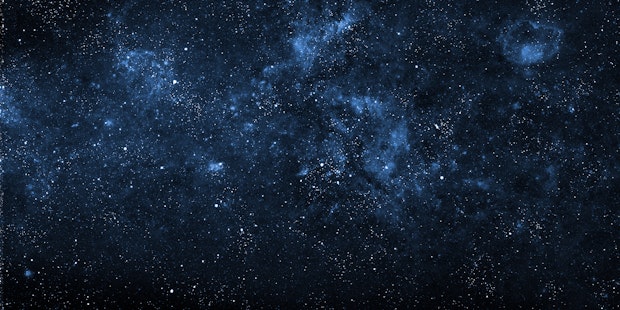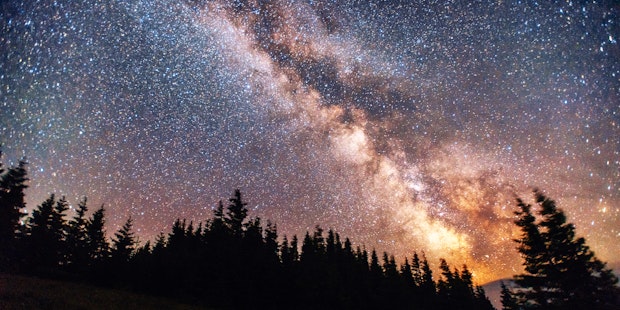Celestial Events To See in October’s Night Sky
Celestial Events To See in October’s Night Sky
Discovery Place Nature
As summer transitions to fall, the crisp air and longer nights make for the perfect backdrop for stargazing. Whether you’re an experienced stargazer or not, the fall sky offers some beautiful objects everyone can enjoy!
Mark your calendar for these celestial features that will appear in the night sky this fall and learn the best way you can see them:
October 14: Partial Solar Eclipse
On Saturday, October 14, the Moon will pass in front of the sun, creating an annular solar eclipse that results in a ‘ring of fire.’
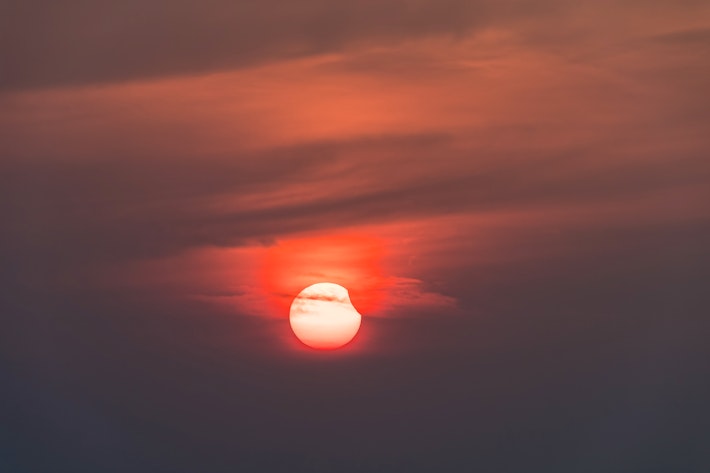
Unfortunately, from the East Coast, observers will not be able to see the ring of fire but will still be able to see a partial eclipse of the sun. The partial eclipse will begin at 11:50 a.m. Eastern Standard Time and end at 2:45 p.m. Eastern Standard Time.
Make sure your eyes are protected by wearing certified eclipse glasses! Looking at the sun without protective glasses could cause irreversible damage to your eyes.
October 22: Orionid Meteor Shower
Meteor showers result from Earth passing through the dust remnants of a comet. In the case of the Orionid meteor shower, the meteors come from Halley’s Comet.
Under a dark, moonless sky, the Orionid meteor shower exhibits a maximum of about 10 to 20 meteors per hour.
The peak of the Orionid meteor shower is predicted for October 22, after midnight and into the early morning. The meteor shower will remain active until mid-November.
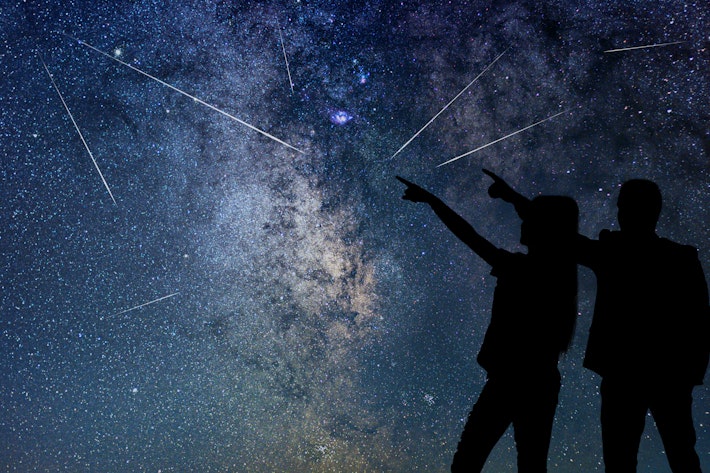
October 28: The Hunter’s Moon
Also known as the blood moon, the Hunter’s Moon is the full moon that appears in the month of October. This year, the Hunter’s Moon will rise above the horizon at 6:39 p.m. Eastern Standard Time on Saturday, October 28.

The Moon will appear bigger and red when it is close to the horizon. The Moon appearing bigger, however, is just an optical illusion. Since the near-horizon Moon appears with objects in the foreground for a reference in size (like buildings or trees), the brain perceives the Moon as bigger.
The Moon does appear more red or yellow because light from the near horizon travels a further distance than when the Moon is overhead. As the light travels, blue light is scattered—this is why the sky is blue. The farther the light travels, the bluer light is scattered, leaving more yellow or red colors.
Throughout Fall: Jupiter and Saturn
The giant gas planets Jupiter and Saturn will feature prominently in the fall sky. Both will be visible in the evening and early night hours.

If you have a telescope or binoculars, you can see the four largest moons of Jupiter, known as Galilean moons, along with Saturn’s brilliant rings.
Throughout Fall: Constellations
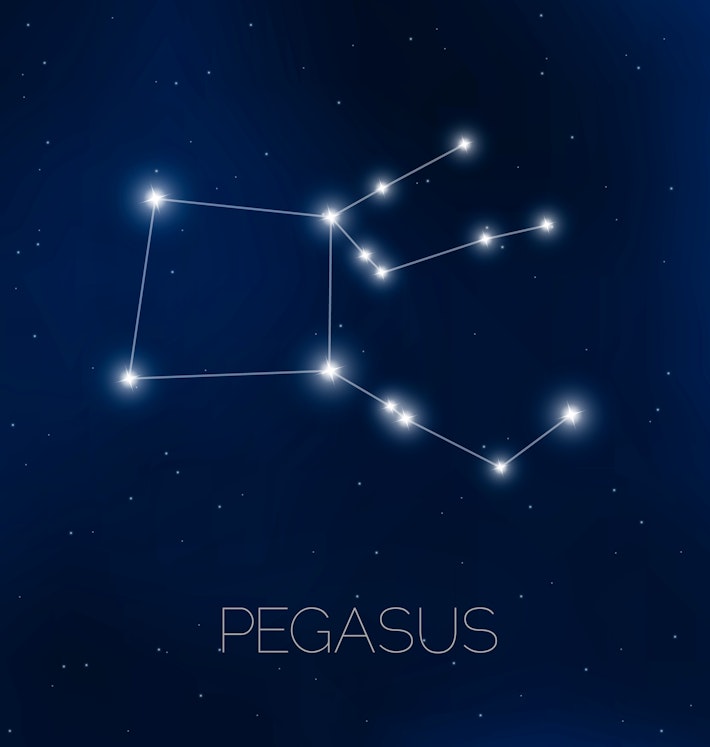
Several prominent constellations make their way back into the night sky during the fall:
- Cassiopeia, with its easy-to-recognize “W” shape, will be high in the northern sky.
- The Great Square of Pegasus, another easy-to-recognize shape, is part of the larger Pegasus constellation.
- Orion, the hunter, will start appearing in the night sky later in the fall and winter.
Want to see more constellations and planets? Don’t miss our planetarium show, “The Solar System and Beyond” inside the Accenture IMAX Dome Theatre at Discovery Place Science.

